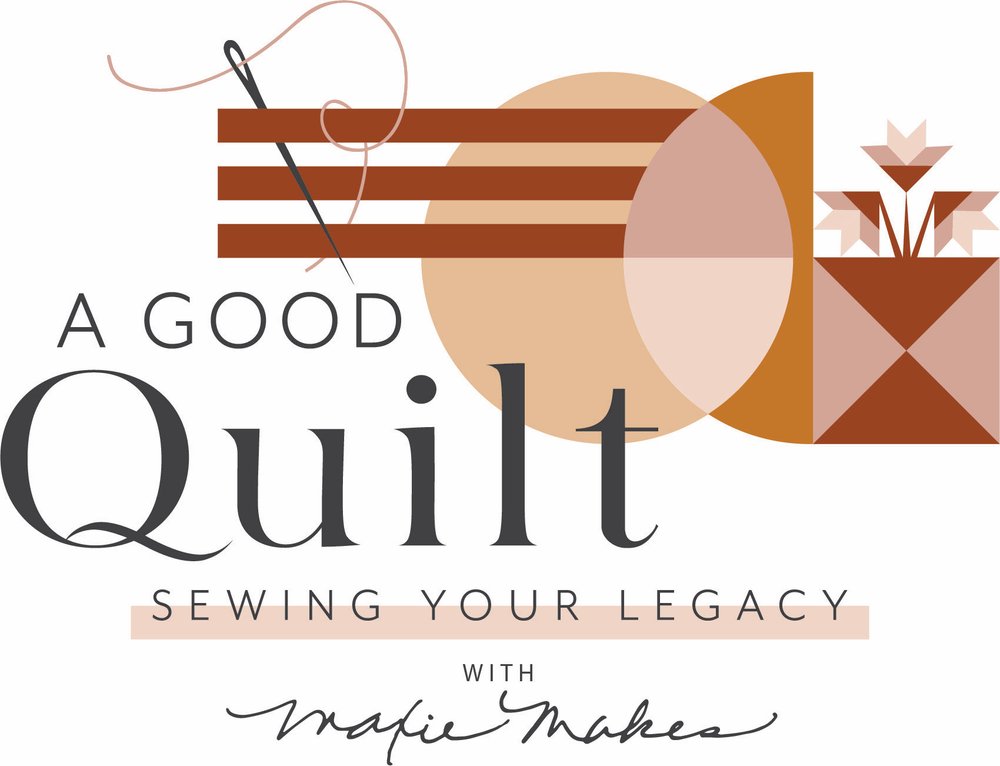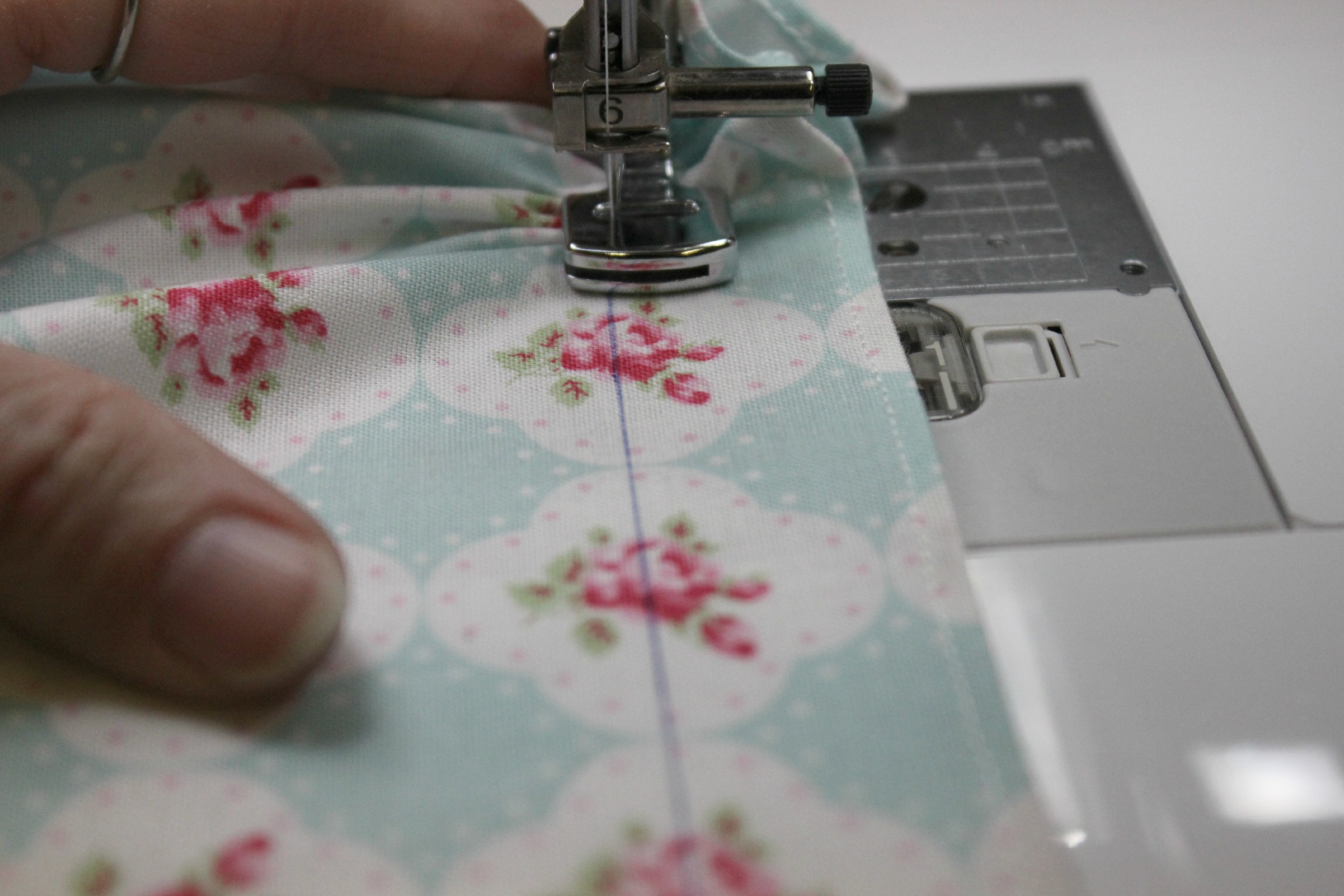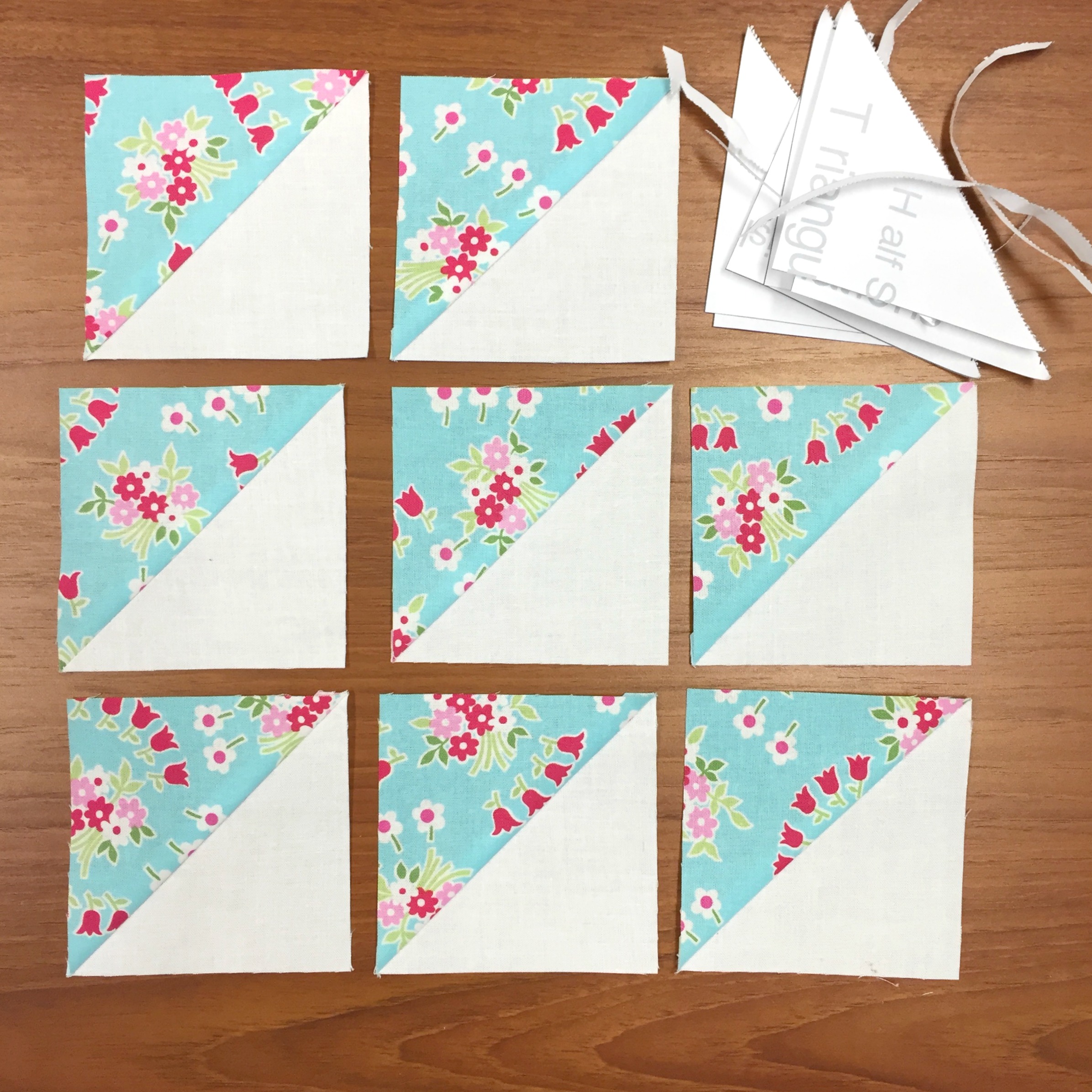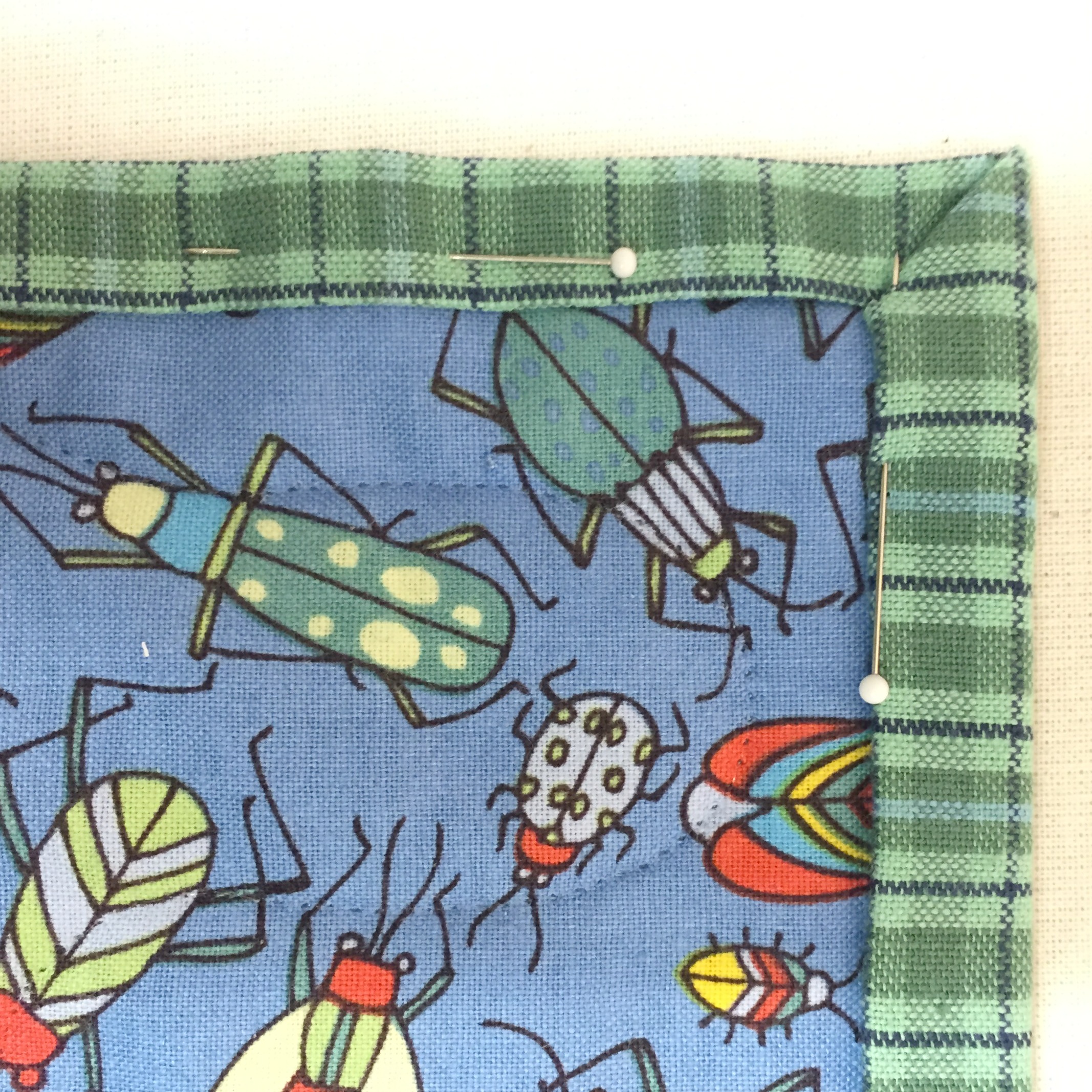I had hoarded this fabric long enough. A whole bolt of Bliss Bouquet by Amy Butler. One day, I'll make something beautiful with it, because anything at all made from it would have to be beautiful.
Then my niece sent me a picture of a baby quilt, made from this very fabric, asking if I had any instructions that I could send to her so that she could make one for her little girl, Charleigh. I asked her, "Is it the quilt you like, or is it the fabric?" Of course she answered that it was the fabric she loved. And she wanted a quilt for Charleigh's new toddler bed.
This is the quilt I made for her (above)! I think she'll like the soft plush backing and the very soft batting. You can see in the photo that this quilt is tied and not quilted! It made up fast and easy, and today I'm going to share the process with you and show you a trick or two that you might find helpful!
Here's what you'll need to make this quilt:
1 3/4 yard for the quilt top, 1 1/4 yard for the ruffle, (was able to add one of Bonnie's fabrics from Sweet as Honey!), 1 1/4 yard of 60" wide plush type fabric for the backing, and one package of polyester batting. I love Soft High Loft from The Warm Company.
1. If you are using a polyester backing like the plush fabric shown above, I would advise pre-washing all fabrics, because the cotton will shrink, but the polyester won't. I just toss it all in the washer and dryer.
2. Trim up the top fabric to be nice and straight, so that it measures about 60" long and 44" wide. Trim away the selvages.
3. Make the ruffle. I tore strips, width of fabric, to be 4 1/2" wide. Press them well, and sew them all together to make one long strip as shown below (clicking on any of the images will enlarge them for more detail):
Join the strips, end to end, with a diagonal seam. The best way to do this is to layer two strips, both right side up, as shown in he first photograph. Place a ruler's 45º line on the long edge and make a cut. Then, flip the top strip over and place it on the bottom strip, right sides together now, with the cut edges even, and shifted slightly so that there are tiny triangles extending at each end (middle photo). I've drawn the seam line with a pen, which begins and ends right at the corner of the triangles. The seam allowance is decided by the size of those tiny triangles, because you'll drop your sewing machine needle right down at the corner of the overlap. The third photo shows the seam pressed open. Sew in pairs of two, then continue sewing together until you have one long strip. Now for the gathering!
You may use any method you like for gathering the strip into a ruffle, but my favorite way for working with very long strips is to use my Baby Lock serger! Setting the differential feed and stitch length up to their highest settings will gather quickly and evenly! Bonus: the edge of the ruffle is finished with a nice overcast stitch! It may have taken me 3 or 4 minutes to do this...
4. Attach the ruffle to the quilt top using a scant 1/4" seam allowance. Over lap the edges a bit at the beginning and end, tucking the raw edges into a fold.
5. Now it's time to layer the quilt top, backing, right sides together, as show below.
Next, add the batting on top of both layers. Smooth it out nicely, and make sure the batting covers the edges of the quilt top.
You can pin everything together, if you like, but my preferred technique here is to hand baste around the edges. Don't whine, it only took a few minutes, and it was worth the effort!
6. Next, take it to the sewing machine and stitch around the outside edges, using the quilt top as your guide. I used almost a 1/2" seam allowance to make sure I was catching both the ruffle and batting in the seam. Be sure to leave about 8" open for turning. Trim the backing and batting (where necessary) even with the quilt top around all four sides as shown below. My favorite scissors work wonders for all these layers! Clip the excess fabric in the corners away.
7. Turn your quilt right side out and press the edges at the ruffle well. Stitch the opening left for turning closed (I used the machine to do so.)
8. The quilt is ready to be tied. Place it on a large flat surface and use safety pins to mark each tie point. I used a 6" x 24" ruler to help me place my pins in a 5" grid (recommended by the batting company). No need to close the safety pins, they will hold in place quite well leaving them open, and they will be easily removed at the sewing machine.
9. We're ready to tie! Roll up the quilt as shown below and take it to the sewing machine. I use my Baby Lock machine for this. Not only is it a time saver, I know it's securely tied and will hold up under wear and tear and repeated washings! The little indentations on the quilt back in the photo are the safety pins.
The hardest part was choosing a stitch from the vast array available! I finally landed on a spiraling circle. Engaging the tie-off feature and the scissor cut made it even more effortless because all I had to do was move the quilt to line up a safety pin under the needle, slip the safety pin out and go!
That's it! I'm finished, and I think Bobbie-Leigh and Charleigh are going to love this! I may even bring myself to part with an extra yard of that hoarded fabric so that she can make a valance or a pillow or two.
Thanks for visiting! Happy sewing and God bless. Maxie






















